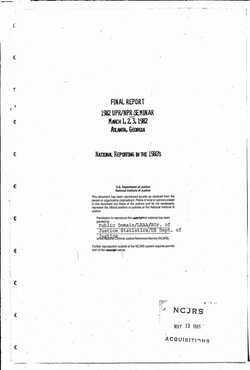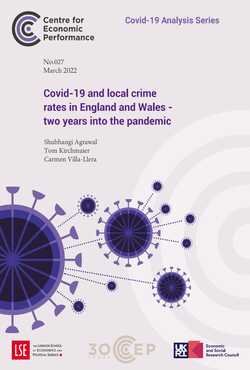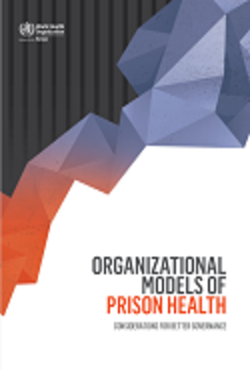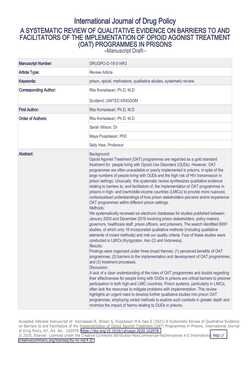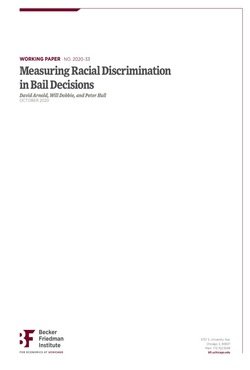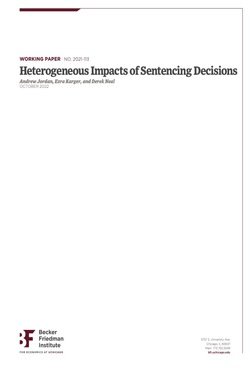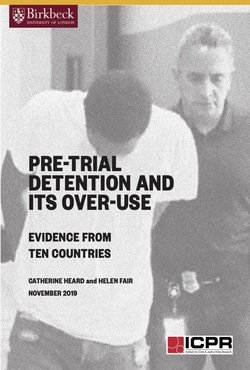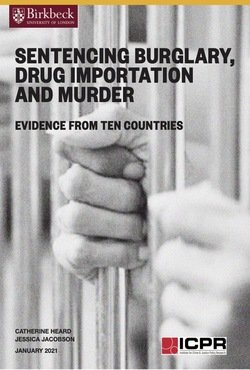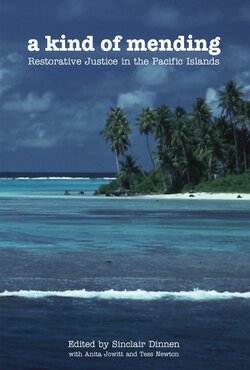By Dennis C. Benamati, Phyllis A. Schultze, Adam C. Bouloukos, and Graeme R. Newman
From the Introduction: “… Information is now available from any location—home, office, or classroom—and at any time of day or night. Traditionally, the researcher had to go to a library to access information.There, he or she could find a librarian to assist with locating information and formulating queries. Today, the researcher does not have to be in the same room or building to access Internet and online information sources. The librarian, who would have normally assisted with the research, is remote or may not be on duty. Thus, the concept of the library as a physical location has lost some of its meaning.
We have written Criminal Justice Information: How to Find It, How to Use It to accommodate these fundamental changes in the way that criminal justice information is accessed and disseminated. We hope that this new guide will provide the distant researcher with guidance in the use of resources—guidance that would have traditionally been provided by a reference librarian at a library….
Our publisher has suggested that we provide the researcher with a “roadmap” of how to use this book. It is a well-meant suggestion…[but]…a roadmap is an altogether inadequate analogy to demonstrate how we would like our readers to use this guide. Indeed, for several reasons we encourage our readers to shed the bias that research and information gathering are linear processes. This perception has been part and parcel of a culture that has taught and related information linearly for generations. The media in which our culture and knowledge are recorded—primarily books but also audio and video recordings—are linear because they are bome of the limited technologies of the printing press…”
Phoenix, Arizona. The Oryx Press. 1998. 247p.



